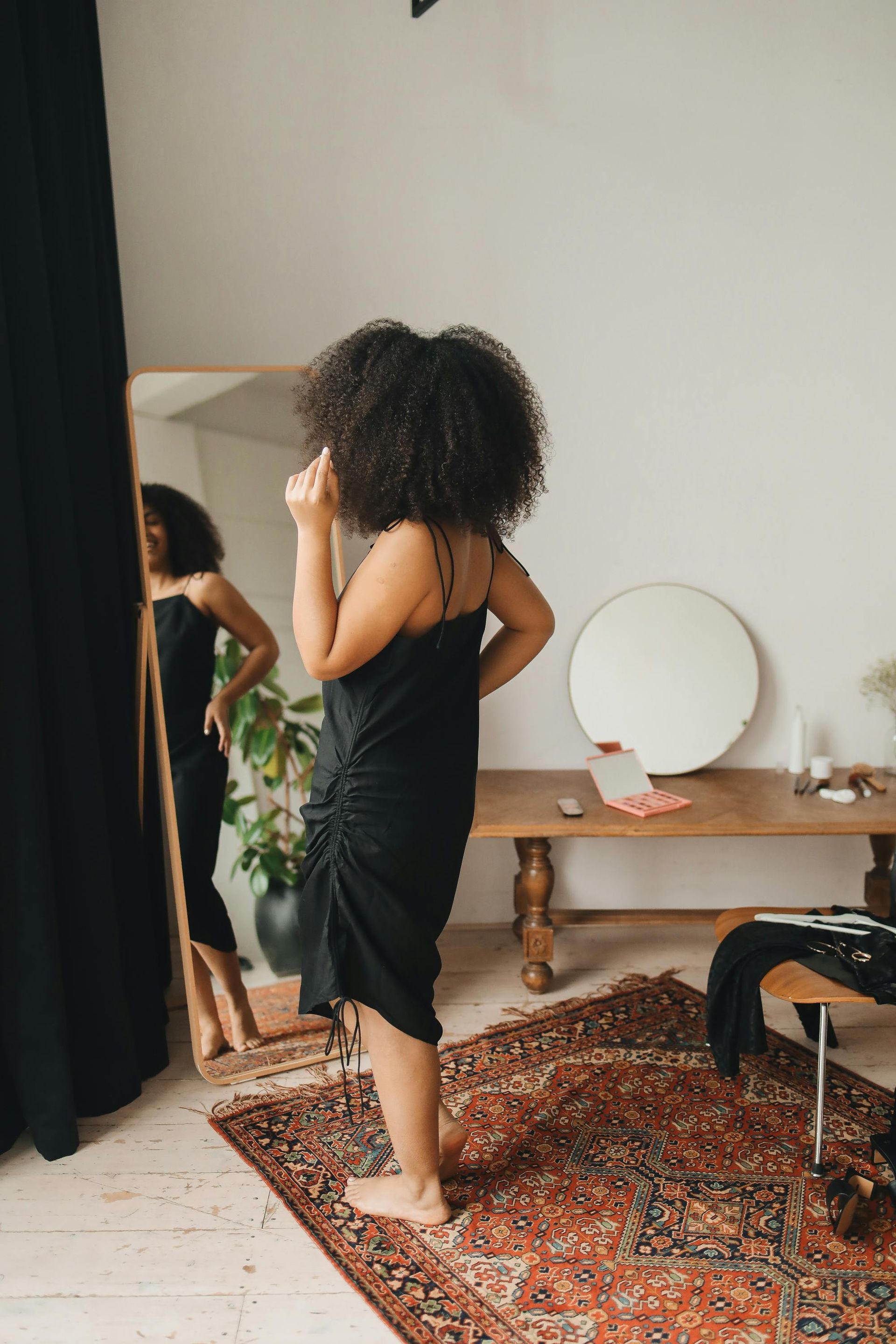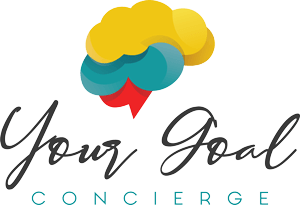- Revisited- Business development centers (BDCs) should consider introducing counseling skills
Erica Kesse
Taking a second Look at Business development centers (BDCs) should consider introducing counseling skills

Business development centers (BDCs) should consider introducing counseling skills to entrepreneurs because entrepreneurs often face challenges that can be difficult to overcome on their own. These challenges can include:
- Starting and running a business can be stressful. Entrepreneurs often have to deal with a lot of pressure, both from themselves and from others. This can lead to stress, anxiety, and even depression.
- Entrepreneurs can feel isolated. They may feel like they are the only ones who are going through what they are going through. This can lead to feelings of loneliness and isolation.
- Entrepreneurs can make mistakes. Everyone makes mistakes, but entrepreneurs are often more likely to make mistakes because they are taking risks. These mistakes can lead to financial losses, legal problems, and even personal problems.
Honey, You Need Counseling Skills: Heal Yourself, Ignite the Leader, Grow your Business by Erica Kess, LPC is a book that can help entrepreneurs deal with these challenges. The book provides entrepreneurs with counseling skills that can help them manage stress, build a support network, learn from mistakes, and more.
The 5 imperative counseling skills of vision casting, mission creation, communication skills, time management, and thrive planning are all essential for entrepreneurs. Vision casting is the ability to create a clear and compelling vision for the future. Mission creation is the process of defining the purpose of an organization. Communication skills are essential for entrepreneurs who need to be able to communicate effectively with employees, customers, and investors. Time management is essential for entrepreneurs who need to be able to manage their time effectively in order to get things done. Thrive planning is essential for entrepreneurs who need to be able to plan for the future and ensure that their business is successful.
Other counseling skills that would benefit entrepreneurs include:
- Problem-solving skills. Entrepreneurs need to be able to identify and solve problems in order to be successful.
- Decision-making skills. Entrepreneurs need to be able to make decisions quickly and effectively.
- Stress management. Entrepreneurs are often under a lot of stress, and they need to be able to manage that stress in order to be successful.
- Organizational skills. Entrepreneurs need to be able to organize their time and their work in order to be efficient and effective.
- Teamwork skills. Entrepreneurs often work with other people, and they need to be able to work effectively as part of a team.
- Motivation skills. Entrepreneurs need to be able to motivate themselves and others in order to be successful.
By developing these counseling skills, entrepreneurs can be more successful in their businesses.



